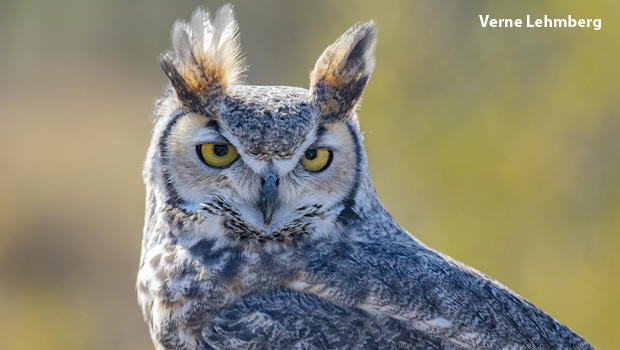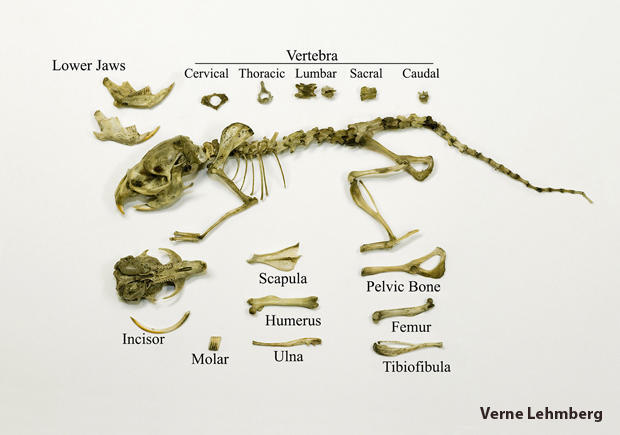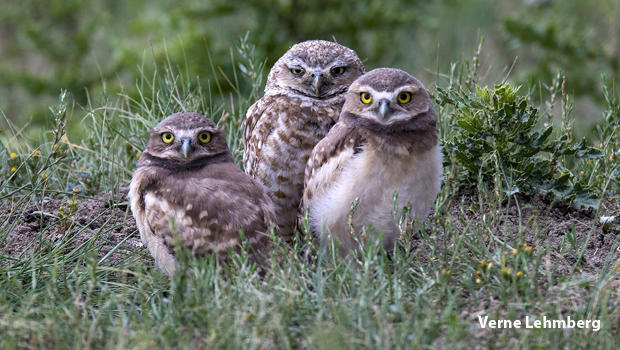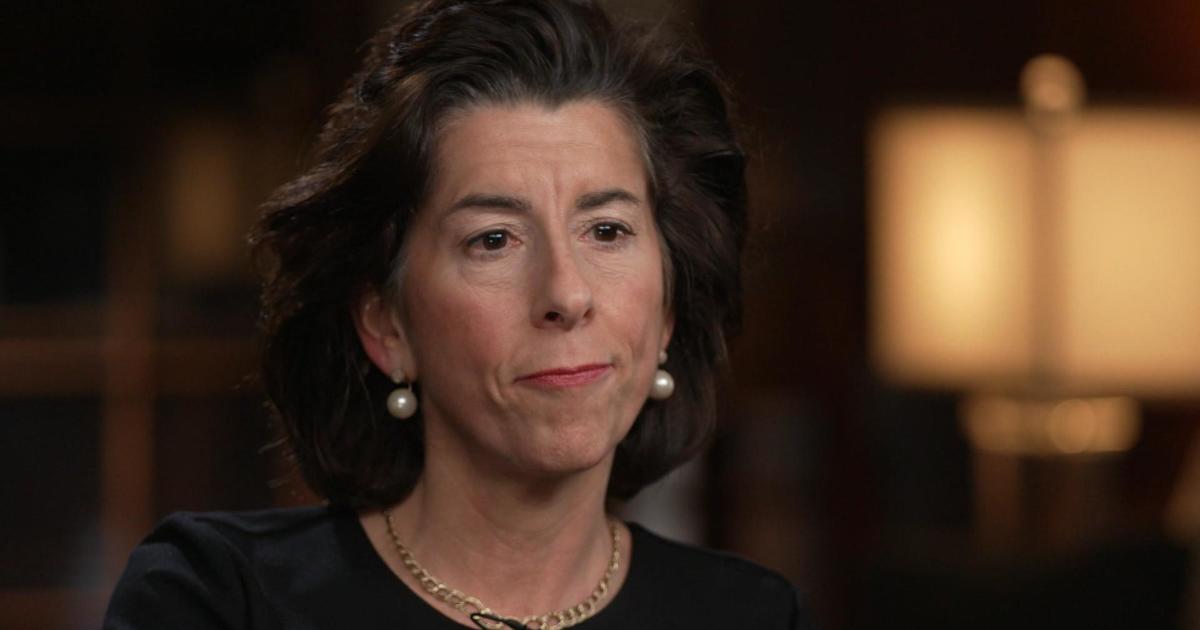Nature up close: What's needed to keep an owl alive
By "Sunday Morning" contributing videographer Judy Lehmberg.
Last week's moment of nature video featured owls on Plum Island off the Massachusetts coast. I've written about owls several times in this space, including snow owls and short-eared owls. Owls have many unique adaptions making them silent and efficient predators as detailed in the second article.
Being a predator is a tough job; prey can become scarce and difficult to catch. If the predator becomes sick or wounded they won't be able to catch prey and may starve. The whole process is fraught with problems and danger. But many of us don't think about the main reason being a predator is so difficult, which has to do with resource availability – and that depends on energy availability from the bottom of a food chain.
When I taught biology I had my students dissect owl pellets, a lab chore that can be done by almost any age group. Although I've dissected way more than my fair share of owl pellets, I never tire of it. Each one is like opening a present because you never know exactly what you will find.
Owl pellet dissection is a valuable lesson for all ages because it informs us about how much energy it takes to keep an animal at the top of a food chain alive, and should remind us why – with our ever-growing human population encroaching on habitats – it is getting harder for predators like owls to survive.
But first, an explanation of what an owl pellet is. All predatory birds from curlews to eagles eat organisms with undigestible parts. Whether it is a sandpiper eating a small clam or an eagle eating a rabbit, some parts (like shells, bones and fur) are not digestible. Because birds fly, they need to do everything possible to reduce the weight they carry around. One way of doing that is to regurgitate those undigestible bones and fur.
Most birds of prey, including owls, regurgitate between one and two pellets every 24 hours. We can dissect one of their pellets and identify not only what they have been eating, but how many calories the bird has consumed. If a group of students dissects a bunch of owl pellets, identifies the species eaten, and calculates the prey size, we can get an estimate of how many prey-calories it takes to keep an owl alive for 24 hours, and then figure out how much total sun-, plant- and prey-energy is needed to sustain its food chain.
First, we need to look at how energy flows through an ecosystem. For ease of discussion I'll use a simple food chain with an owl as its apex predator. The owl finds, catches and eats a small pack rat. For the rat to have survived long enough for the owl to catch it required energy in the form of food the rat ate (primarily seeds of various plants). The plants had to get sun energy to survive long enough to produce those seeds. Energy flows from the sun to the plant, to the rat and, finally, to the owl.
The amount of energy necessary for all of that varies depending on what colors of light the plants can absorb, how long it takes the plants to make seeds, and how long it takes the rat to mature. From various studies of energy flow through food chains we know they are at most about 10% efficient – that is, about 10% of the energy absorbed in one level will make it to the next level. For example, when sunlight hits a plant, it can absorb some (but not all) of that energy because it has chlorophyll and other pigments. The plant then uses a fraction of that energy to produce and grow seeds. By the time a small pack rat comes to eat the seeds, the plant has used between 90% and 95% of those calories to grow and survive, while its seeds are eaten by the pack rat, thus using the plant's off-shoot energy production so it could survive.
The following night a great horned owl catches and eats the pack rat, completing the transfer of a minuscule amount of energy produced by the plant, and absorbed from the sun.
This is a simple food chain description, but it is an example of why there can't be nearly as many predators as prey. [It is, more importantly, an illustration of how meat-eating humans can lower the energy needed for their survival by eating organisms – plants, rather than animals – that are lower on the food chain.]
Judy Lehmberg is a former college biology teacher who now shoots nature videos.
See also:








